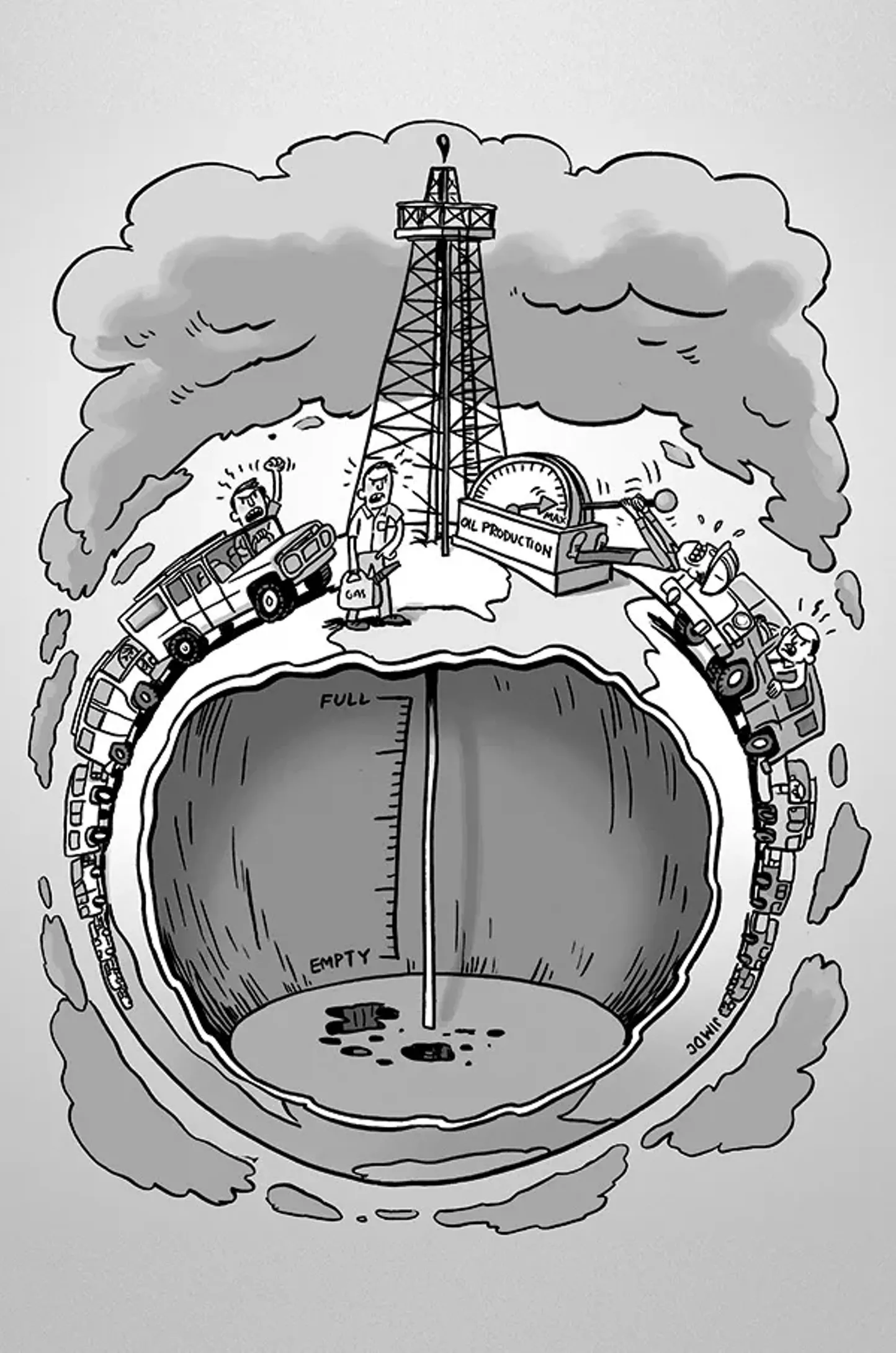Drawing Outside The Lines
Do you ever feel constrained by the rules? Like you're stuck within the lines whenever you attempt to draw? Drawing outside the lines has become a popular term in recent times, often used to describe unconventional thinking. It's all about breaking free from the confines of traditional methods and finding your own path. In this post, we'll examine drawing outside the lines in detail and how it can benefit your creative process.
The Pain Points of Drawing Inside the Box
Creating within set boundaries can lead to a lack of creativity and originality. Many artists feel stifled by the constraints they have to adhere to. Having to stick to a specific format or procedure can limit one's artistic vision, leading to a sense of frustration and discontent. Creativity is the lifeblood of art, and without it, any work you produce may feel stagnant and repetitive.
What is the Target of Drawing Outside the Lines?
Drawing outside the lines is all about allowing yourself to be free from any restrictions or preconceptions. Breaking free from traditional methods can enable you to experiment with unique styles and techniques that could genuinely set you apart from your peers. By incorporating this approach into your artwork, you can create pieces that truly reflect your individuality and artistic voice.
The Benefits of Drawing Outside the Lines
There are numerous benefits to drawing outside the lines. For starters, it can free up your mind and allow for risk-taking, which leads to being innovative and making mistakes. Withdrawing from the traditional techniques allows you to enter a state of flow. The excitement and energy that come with creating something new and unknown enhances the overall experience. You'll be practicing to live in the unknown, and gradually, you will surprise yourself with the outcomes.
Why Should You Try Drawing Outside the Lines?
Drawing outside the lines promotes creative thinking by encouraging people to try unusual approaches that challenge traditional thinking. It leads to improved problem-solving skills and opens up new avenues for artistic expression, promoting more personal and unique artwork. Developing a unique style will set you apart, and then you will find yourself embarking on a journey of self-actualization through art while breaking free of any constraints.
My Personal Experience with Drawing Outside the Lines
As an artist myself, I know the value of being free from the constraints of traditional art. There have been times when I've challenged myself to push beyond my limits and explore new styles and techniques. These moments of experimentation were incredibly liberating and allowed me to discover a unique style that resonates deeply with me. It allowed me to stay true to myself while encouraging me to explore and learn more about the possibilities of art.
The Drawbacks of Drawing Outside the Lines
As with anything outside the norm, there can be drawbacks. Stepping out of the box can lead to criticism, judgment, and negative feedback, and there is a possibility of failure. However, with risk-taking, there is a chance that great things will come, and there are no mistakes if there are lessons learned from them.
Tips for Drawing Outside the Lines
Try something new each day, experiment with different tools and techniques, welcome feedback and criticism, and apply it to your work. Don't be afraid to take risks!
Sticking to the Plan: When to Draw Inside the Lines?
While drawing outside the lines is an excellent way to promote creativity, there are times when it is appropriate to stick to the plan. For instance, if you're working on a project with a specific brief or objective, it might be necessary to follow certain guidelines. In such instances, drawing inside the lines is crucial to achieve the desired results.
Question and Answer
Q: Why is it important to draw outside the lines?
A: Drawing outside the lines is essential because it encourages free thinking and risk-taking, allowing people to develop a unique artistic style and promoting creative problem-solving skills.
Q: What are the benefits of drawing inside the lines?
A: Drawing inside the lines is essential to achieve a specific objective. It allows artists to create pieces that align with a particular brief, promote discipline, and practice traditional artistic techniques.
Q: How can drawing outside the lines benefit my career?
A: Drawing outside the lines enables artists to discover new techniques and styles, ultimately leading to more personal and unique pieces and providing a competitive edge in their respective fields.
Q: What are some famous artists who have drawn outside the lines and created something unique?
A: Salvador Dali and Pablo Picasso are two artists that drew outside the conventional lines and created something unique in their styles.
Conclusion
Drawing outside the lines is a phrase that has gained popularity among artists for a good reason. It encourages self-expression, unique creativity, and free-thinking, ultimately leading to more personal and insightful artwork. It also allows artists to explore and discover new techniques that they may not have otherwise considered. The benefits of drawing outside the lines are clear, and it might be time for you to take a step beyond your comfort zone and discover your true artistic voice.
Gallery
Perspective Drawings | NATA HELPER

Photo Credit by: bing.com / perspective drawing drawings outside arvalis nata deviantart point far examples assume shown length above so example
Drawing Outside The Lines | Hudson Valley | Slideshows | Chronogram

Photo Credit by: bing.com / lines outside drawing chronogram peak campbell toward empty driving jim running oil illustration
Drawing Outside The Lines Digital Art By Jade Kai | Fine Art America

Photo Credit by: bing.com /
Drawing Outside The Lines: 7 Ways To Encourage Creative Kids

Photo Credit by: bing.com / encourage
Drawing Outside The Lines | E.A.S.Y. Tactile Graphics | Drawing Tools
Photo Credit by: bing.com / lines outside drawing color coloring line deviantart annex kate goes credit fill heart which red live re
